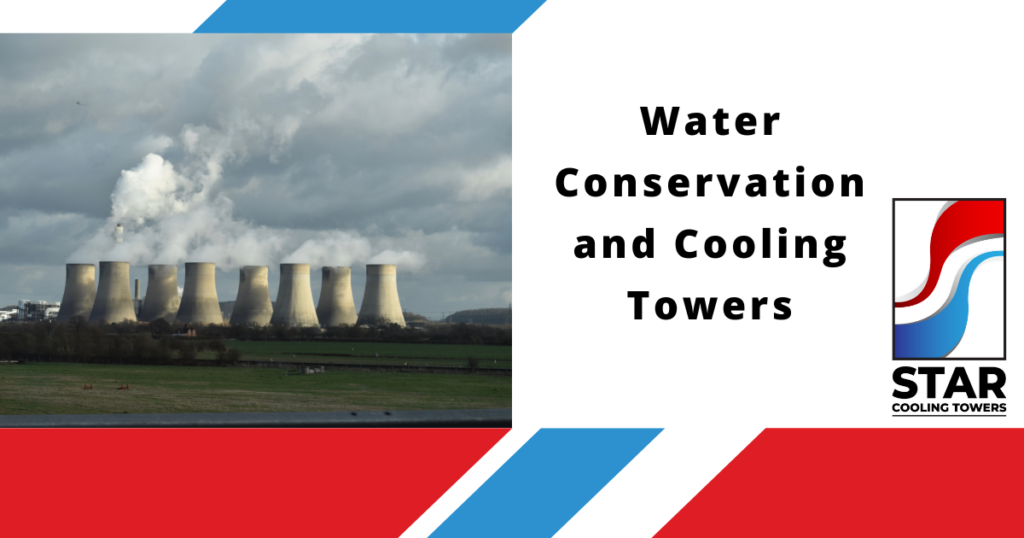
In the face of increasing water scarcity and the need for sustainable practices, optimizing the efficiency of cooling towers has become crucial. These towering structures play a vital role in maintaining optimal temperatures in various industries such as power generation, manufacturing, and HVAC systems. However, cooling towers are notorious for their high water consumption. Therefore, implementing strategies to conserve water while optimizing efficiency is of utmost importance.
Understanding Cooling Towers
Cooling towers are heat rejection devices that transfer waste heat generated by industrial processes to the atmosphere. They work on the principle of evaporative cooling, where hot water enters the tower, undergoes evaporation, and the resulting cool water is circulated back into the industrial process. This continuous cycle ensures the efficient operation of machinery and equipment.
Water Conservation Techniques for Cooling Towers
- Water Treatment and Filtration: Implementing effective water treatment and filtration systems ensures that the water circulating within the cooling tower remains clean and free from impurities. This not only improves operating efficiency but also minimizes the need for excessive water blowdown.
- Optimizing Blowdown Rates: Blowdown refers to removing a portion of the recirculating water from the cooling tower to prevent the buildup of impurities. By optimizing blowdown rates through regular monitoring and adjustment, water consumption can be significantly reduced without compromising performance.
- Installing High-Efficiency Nozzles and Drift Eliminators: Upgrading cooling tower components such as nozzles and drift eliminators can enhance heat transfer efficiency and reduce water losses due to drift. These upgrades ensure that more heat is dissipated, minimizing the need for excessive water usage.
- Implementing Variable Frequency Drives (VFDs): VFDs allow for better control over cooling tower fan speed, enabling them to operate at lower speeds during periods of lower heat load. By reducing fan speed, water evaporation rates decrease, resulting in water conservation without compromising cooling capacity.
- Utilizing Alternative Water Sources: Exploring the use of alternative water sources such as reclaimed water, rainwater harvesting, or treated wastewater can help reduce reliance on freshwater sources for cooling tower operation. These alternative sources can be used for makeup water or non-potable water requirements, minimizing the strain on freshwater reserves.
Benefits of Optimizing Cooling Tower Efficiency
- Water Conservation: Implementing water conservation techniques reduces overall water consumption, minimizing the strain on local water resources and promoting sustainability.
- Energy Efficiency: By optimizing cooling tower efficiency, energy consumption can be reduced. This leads to lower operational costs and a reduced carbon footprint.
- Cost Savings: Water and energy savings translate into cost savings for industries utilizing cooling towers. These savings can be reinvested in other areas of the business or utilized for further sustainability initiatives.
- Regulatory Compliance: Many regions have strict regulations regarding water usage and discharge. By optimizing cooling tower efficiency, businesses can ensure compliance with these regulations and avoid potential penalties.
Optimizing the efficiency of cooling towers is essential for water conservation and sustainable industrial practices. By implementing various techniques, such as water treatment, blowdown optimization, and the use of alternative water sources, businesses can strike a balance between operational needs and environmental responsibility. With increasing global water scarcity, it is imperative that industries take proactive measures to optimize cooling tower efficiency and contribute to a greener future.

